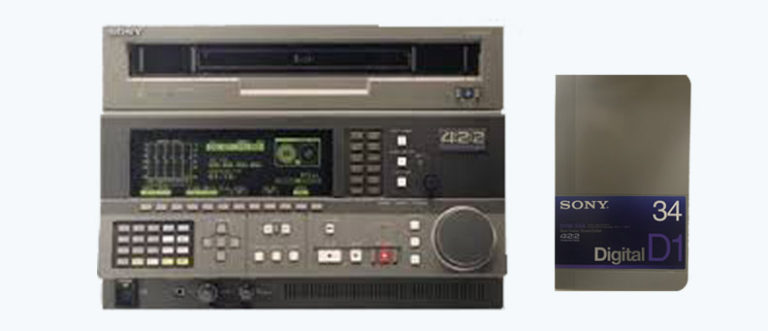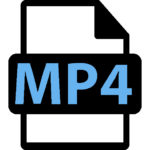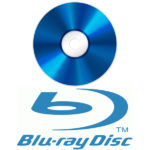D1 Tape
D1 TAPE TRANSFER

Call us about bulk discounts. All work done in house.

Transfer to MP4
- Comes pre-loaded with all your digitized memories
- Makes a great family gift or extra copy
- Easy plug & play for computer viewing, editing, or sharing

Transfer to MOV
- Quickly download everything to your computer or hard drive
- Secure cloud storage, perfect for safekeeping and easy access
- Easily view, share
- Includes digital download and cloud access for 1 year. Renew any time

Transfer to BLU-RAY
- Comes pre-loaded with your digitized memories
- Great for archiving
- Makes the perfect gift
- Easy viewing on most TV or computer with DVD port
Every video and image that we transfer is securely backed up for 90 days after your order is completed
We can transfer D-1 tapes to DVD, .mp4, Apple ProRes, and other formats. Transfer between PAL and NTSC is also available. All transfers done in house.
D-1 (1986) was a major feat in real time, broadcast quality digital video recording. It stores uncompressed digitized component video, encoded at Y’CbCr 4:2:2 using the CCIR 601 raster format with 8 bits, along with PCM audio tracks as well as timecode on a 3/4 inch (19 mm) video cassette tape (though not to be confused with the ubiquitous 3/4-inch U-Matic/U-Matic SP cassette).
The uncompressed component video used enormous bandwidth for its time: 173 Mbit/sec (bitrate).[citation needed] The maximum record time on a D-1 tape is 94 minutes.
Because of the uncompromising picture quality – component processing and uncompressed recording, D-1 was most popular in high-end graphic and animation production – where multiple layering had previously been done in short run times via hard drives (Quantel Harry, Henry, Harriet, Hal or Abekas DDR) or via multiple analog machines running at once. Hard drives in the 1980s that stored broadcast-quality video would typically only hold 30 seconds to a few minutes of space, yet the systems that made them work could cost $500,000. By contrast, the D-1 machine allowed 94 minutes of recording on a $200 cassette.
D-1 resolution is 720 (horizontal) × 486 (vertical) for NTSC systems and 720 × 576 for PAL systems; these resolutions come from Rec. 601.
A small variation removing the top 6 lines to save space was later introduced and made popular in the 1/4-inch DV/DVCAM/DVCPro formats and for digital broadcasting, which have 720 x 480 pixels for NTSC; and is also used in DVD-Video and Standard-definition television.
The D1 units are switchable between NTSC and PAL. Luma is sampled at 13.5 MHz and Chroma at 6.75 MHz with an overall data rate of 27 MHz. Sampling at 13.5 MHz was used as it is a common multiple of NTSC/PAL line rate (6x 2.5 MHz). The first input/output interface was a 25 pin parallel cable (SMPTE 125M) and later updated to serial digital interface on coaxial cable (SDI, SMPTE 259M, 75Ω coax, 270 MHz). Ancillary data can be put in H/V blanking intervals. Color space for Y’ B’-Y’ R’-Y’ is also defined in ITU Rec. 601 or Rec. 709 color space.


